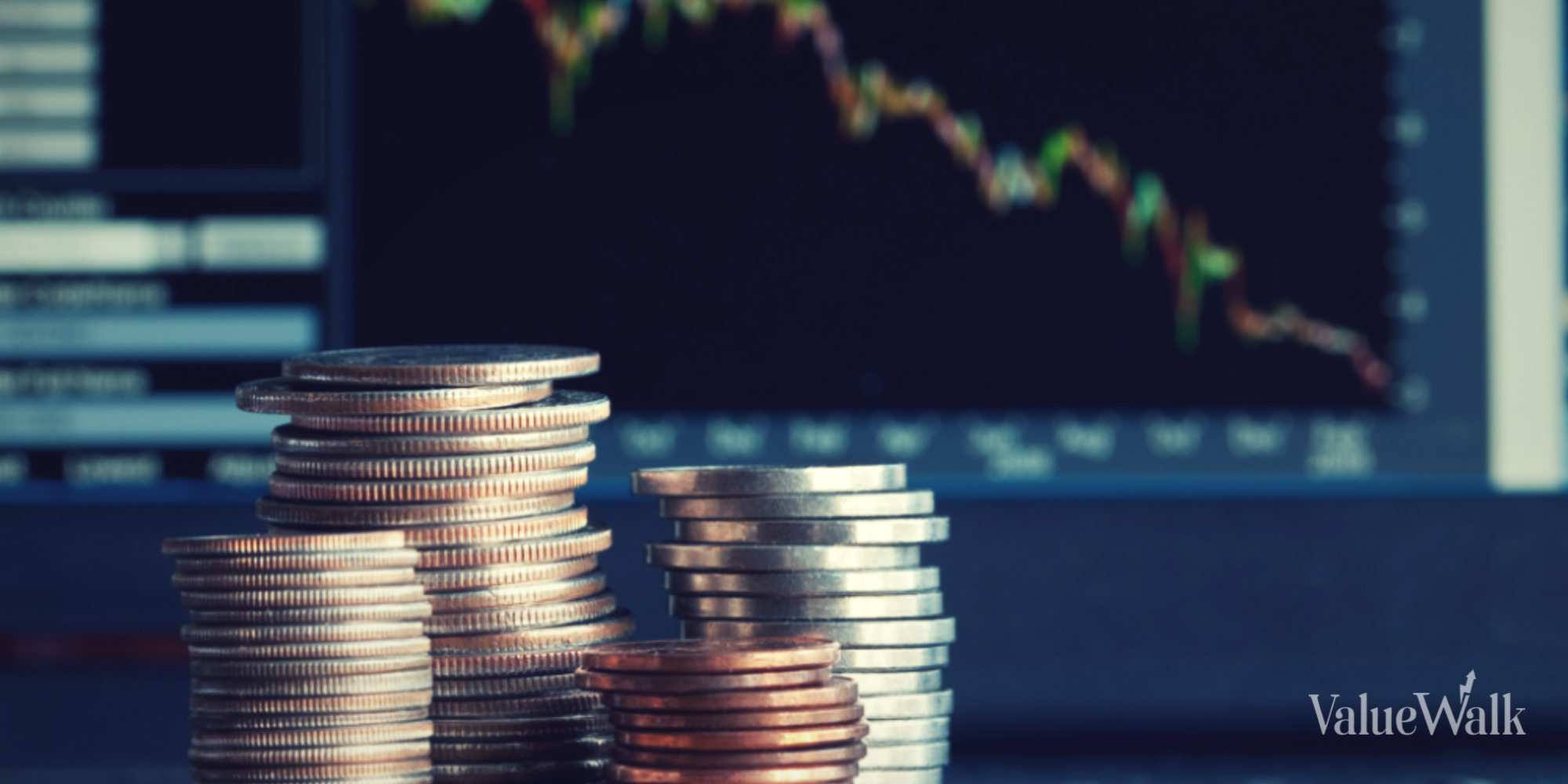The Invisible Hands – Playing The Player by by Alex Barrow, Macro Ops
Market sentiment is a fuzzy concept.
In its most basic sense, it’s the aggregate beliefs and moods of actors that comprise the total market.
It’s tough to measure, gauge and test. And so, it’s often discarded completely or superfluously used to confirm one’s own biases.
The Invisible Hands: Top Hedge Fund Traders on Bubbles, Crashes, and Real Money by Steven Drobny
[drizzle]But learning how to play the player (market sentiment) is vitally important, because in the end it’s these beliefs that move markets. Here’s the following from the Philosopher interview in Steven Drobny’s book The Invisible Hands:
By sentiment I do not mean some kind of vague general feeling or emotion. I mean the reflection of people’s beliefs, which are based on something real and tangible, which will change their actions. Although beliefs tend to be driven by fundamentals, people and markets are very slow to fully incorporate macro information, and when they do the results can be overly dramatic.
Our beliefs drive our actions but our opinions don’t always properly reflect reality — they are often based on faulty logic. This is especially true when dealing with the extreme complexity inherent in markets. Soros remarked on this concept when he said:
If you consider our position as human beings trying to understand the world in which we live, you will find that we cannot confine our thinking to subjects that are independent of our thinking. We must make decisions about our lives and in order to do so we must hold views that do not qualify as knowledge, whether we recognize this or not. We must have recourse to beliefs. That is the human condition.
Through heuristics and various mental models (some purposefully constructed, many passively adopted) we form a lens and filter in which we distill the information of the world and markets. And because the quality and accuracy of these mental filters differ significantly from actor to actor, market mispricings and Soros style false trends occur. Here’s the Philosopher again:
The uncertain nature of the economic future and our flawed attempts to understand it are a permanent source of market mispricing. The economy is not easily predictable, but the reactions of policy makers and the persistent errors in human expectations are. The natural extension of Keynes’ beauty contest is that animal spirits are not irrational and because they are not irrational they can be anticipated.
To illustrate this idea let’s imagine there are two states of the world, and although each is quite reasonable, one is more likely than the other. Unfortunately, the human brain is not wired to understand probability very well. We are particularly bad at understanding low probability events, which we tend to think of as either inevitable or impossible. Therefore, a very small change in the underlying fundamental probability can sometimes cause wild swings in sentiment because the potential outcome went from impossible to inevitable, whereas the underlying fundamentals did not move substantially. Shifts in sentiment cause markets to move much more frequently and violently than shifts in fundamentals do.
Most economic and market research is overly focused on core outcomes. If you ask people what they think will happen in the future, they will often tell you what they think is most likely to happen. For example, let’s say that something, “A,” has a 60 percent probability of occurring. If you ask 10 different people what will happen, they will all tell you that “A” will happen. Then you post a poll saying everyone believes that “A” will happen. But if you change the 60 percent to 40 percent and ask people the same question, they will respond that “B” will happen. Changing the probability only 20 percent swung the “expected outcome” from 100 percent “A” to 100 percent “B.” This is how I see my role in terms of predicting market sentiment. I do not go around asking people how they are feeling, but I look for cases where a small change in fundamentals could cause a large change in how people perceive the fundamentals.
The idea is that we keep testing the quality of our beliefs against the market and reality while developing a sense for what the other dominant beliefs in the market are. Developing this “sixth sense” for markets helps us on multiple levels. First, it cleanses our own destructful mental biases, as Van tharp said:
We typically trade our beliefs about the market and once we’ve made up our minds about those beliefs, we’re not likely to change them. And when we play the markets, we assume that we are considering all of the available information. Instead, our beliefs, through selective perception, may have eliminated the most useful information.
And secondly, through developing our understanding of these beliefs and their drivers, we can more effectively identify instances where small changes in market fundamentals have an asymmetric impact on market sentiment, and thus price.
Understanding sentiment and learning how to play the player are necessary steps for those striving to play the game with second level thinking and beyond — a step that is essential to winning in this game over the long term.
So ask yourself: “Are you playing the player… or are you the player getting played?”
Your Macro Operator,
Alex
P.S. – If you like this article, forward it on!
Recent Articles:
- Beware The Top Performers: Is your investment strategy robust over the long-term? Or is it overfit to the last cycle and at risk of blowing up?
- Long Trupanion Inc. (TRUP): This pet insurer is a great play in the current risk-on environment.
- FED & BOJ Decisions: Our analysis on what the latest FED and BOJ decisions mean for markets going into the end of the year.
- Contagion: We explain why you should expect higher correlations and volatility in this Fed manipulated market.
- Lessons From A Trading Great – Bruce Kovner: You can learn a lot by heeding the words of this legendary Market Wizard.





